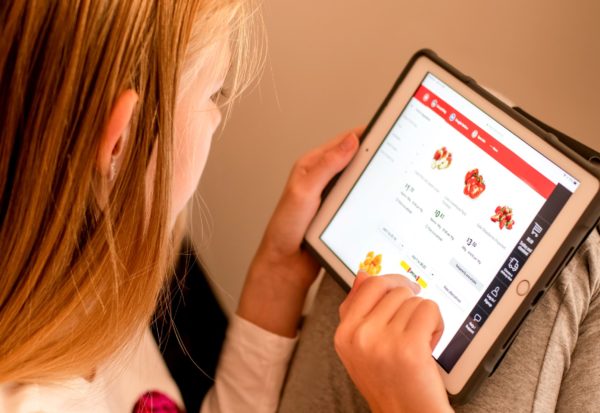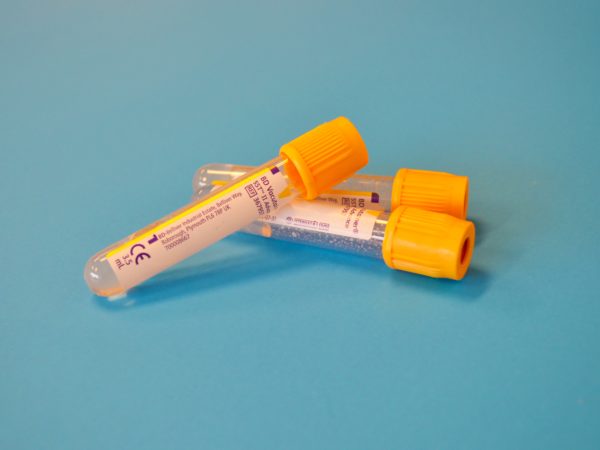Dr Vina Tan is passionate about women in STEMM.
Women have long been underrepresented in STEMM fields; that’s science, technology, engineering, mathematics and medicine.
In Australia, women comprise only 17 per cent of the STEMM-qualified population.
Dr Vina Tan is a Visiting Research Fellow from Universiti Sains Malaysia (USM). When she was first hired by USM as a lecturer, she was the only woman in her faculty.

Researching muscle mass for greater quality of life
As one of ten recipients of the Australia-APEC Women in Research Fellowship for 2019, Vina has been completing research with Professor Robin Daly from the Institute of Physical Activity and Nutrition.
Together, they have been investigating a fairly new muscle condition in older adults aged 60 and above.
“The field that I’m in is relatively new,” Dr Tan says. “We’re looking at how muscle is lost as we grow older. We want to find out how we can maintain our muscle mass for a greater quality of life.”

The research will help to formalise the criteria used to diagnose sarcopenia, classified as the loss of muscle mass and strength due to ageing.
Sarcopenia was only recognised as a disease in 2016, and several international groups provided different standards to diagnose the condition.
One of the criteria that is yet to be finalised is what numerically counts as being muscularly weak.
“We want to find a connection between mathematics and more functional, real-world experiences,” Dr Tan says.
Family roles and fellowships
For many researchers, opportunities to collaborate with other institutions overseas are invaluable and highly competitive.
As an academic who is also a mother of three, Dr Tan was conflicted about leaving her family behind for an extended period of time in another country.
“Every time I have applied for an award, there has been a chance that I will have to leave my family, which I worry about,” she says.
“My husband will ask, ‘why did you apply in the first place?’
“I never expected that I would get it, but I wanted to see where I stood among other researchers in my own field.
“Once I get that acknowledgement, then I can worry about the family part.”
Women are more likely to take on nurturing roles within the family than their male counterparts. They may take a year off work for maternity leave or reduce their hours in order to take on a carer role.
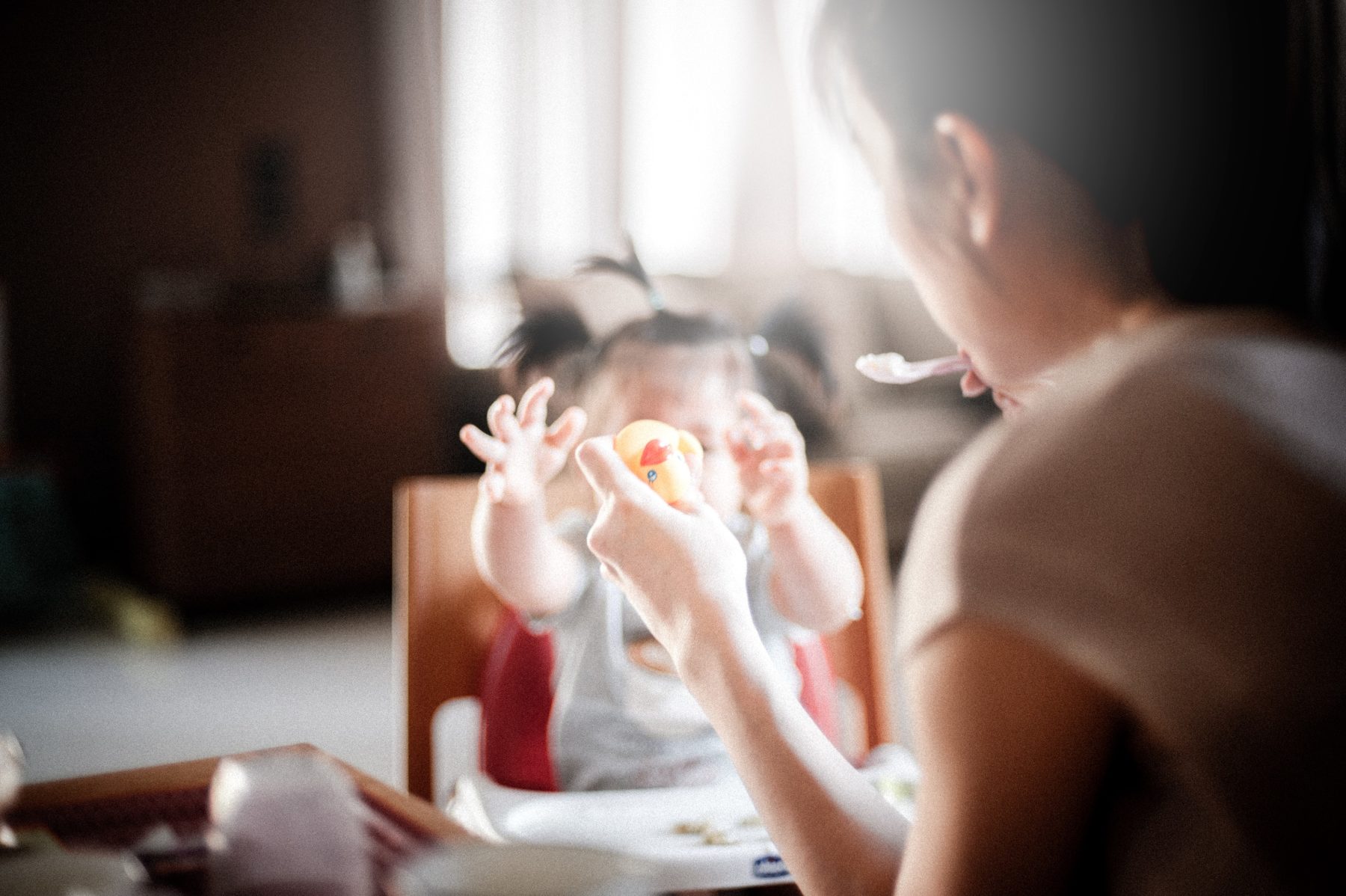
For many women in the academic field, leaving their families, even to attend a research conference, can feel daunting.
“We have a lot of preparations to make before we go,” Dr Tan says.
“I’m not sure if it’s something that we burden ourselves with. Maybe it’s fine to leave and just not care if our husbands are feeding the kids pizza every night.”
Fortunately, the Fellowship gave Dr Tan the means to bring her husband and children with her to Australia for her three-month stint.
This allowed her to balance her work life and her family life, even during an overseas work opportunity.
“It’s nice to play both my family and career roles actively,” she says.
“It’s not an opportunity that’s totally shut off. That’s the beauty of this Fellowship, it takes into account that women have families and might be more attached to them than male researchers.”
The Fellowship is unique among those that are available for women. Many organisations restrict applicants of a particular age, preferring to focus on researchers at the beginning of their careers.
However, many women in the field may find that it takes them longer to establish themselves due to family commitments.
The Fellowship, however, does not have this age restriction.
For many women, balancing motherhood and their careers can be challenging.
It can be especially difficult for new mothers, who juggle tending to their children in the middle of the night and meeting their work deadlines.
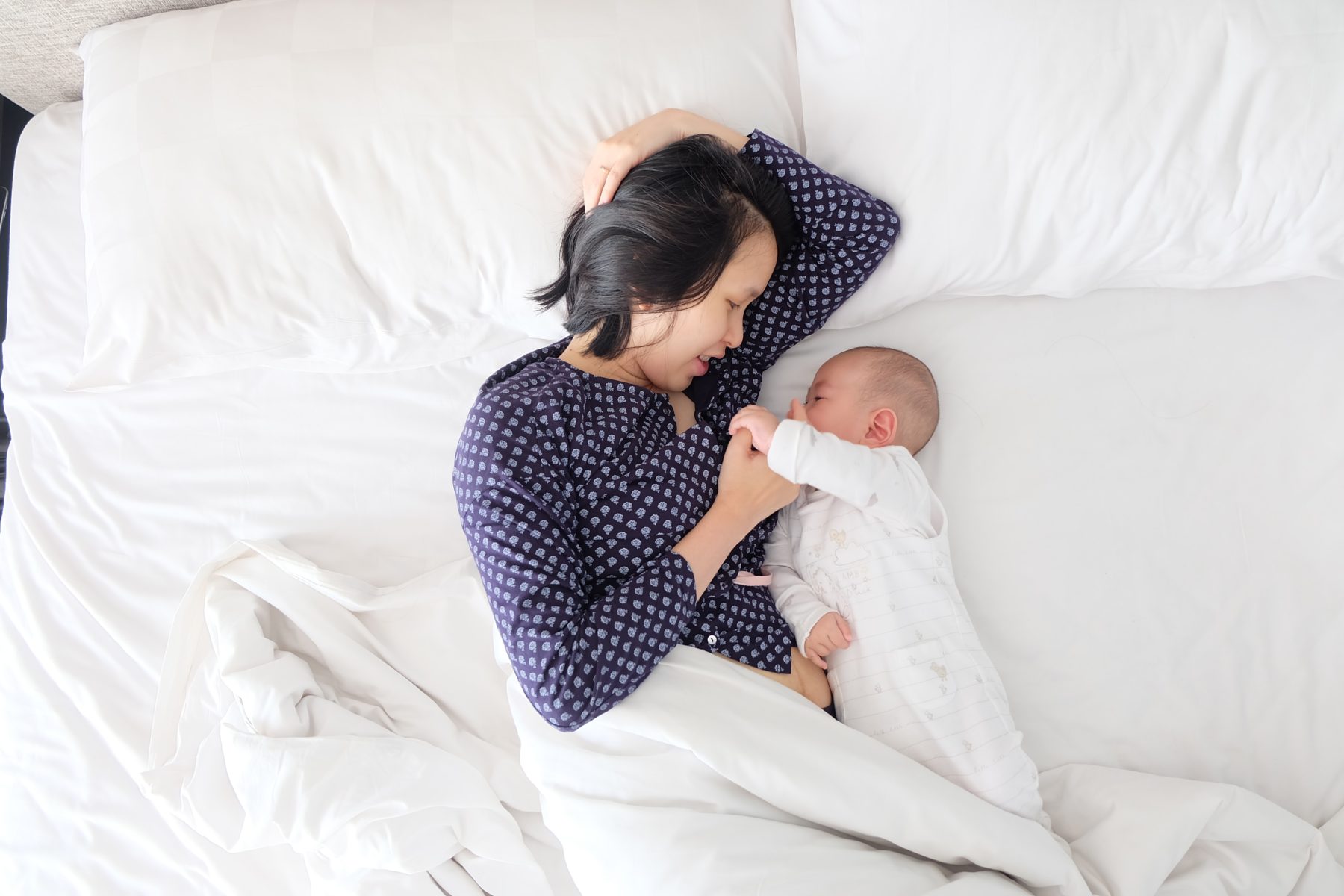
Sometimes, new mothers can put the expectation on themselves to excel – both as a parent and in their careers.
Both roles can be extremely demanding.
“We try to do everything,” Dr Tan says. “You don’t want to be blamed for giving low-quality work because you haven’t been getting enough sleep, although it’s okay how things turn out despite our best efforts.
“It can take a toll on women, and I see that in my students and other staff members.
“Because in our minds, it isn’t okay. We know that we can do just as well, if not better.”
Splitting the workload more evenly between parents might be beneficial for everyone, as Dr Tan has found.
“My husband has picked up a nurturing, caring role that I usually do as a mother,” she says.
“I’m fortunate that he bravely took over this stereotypical role, though I’m quite jealous of him because he gets to spend more time with the kids.”
Some advice for women in STEMM
Although careers in a STEMM field can be difficult, they are ultimately rewarding. Dr Tan says that her studies have taught her to see the world from a different perspective.
“When we talk about STEMM, we think about the profession-related science,” she says.
“But science happens all around us. I love cooking, and once I break down the ingredients and I know flavours, the chemistry, I tend to cook better.”
As an exciting field of research where women tend to be underrepresented, it’s imperative that they are supported as they pursue these careers.
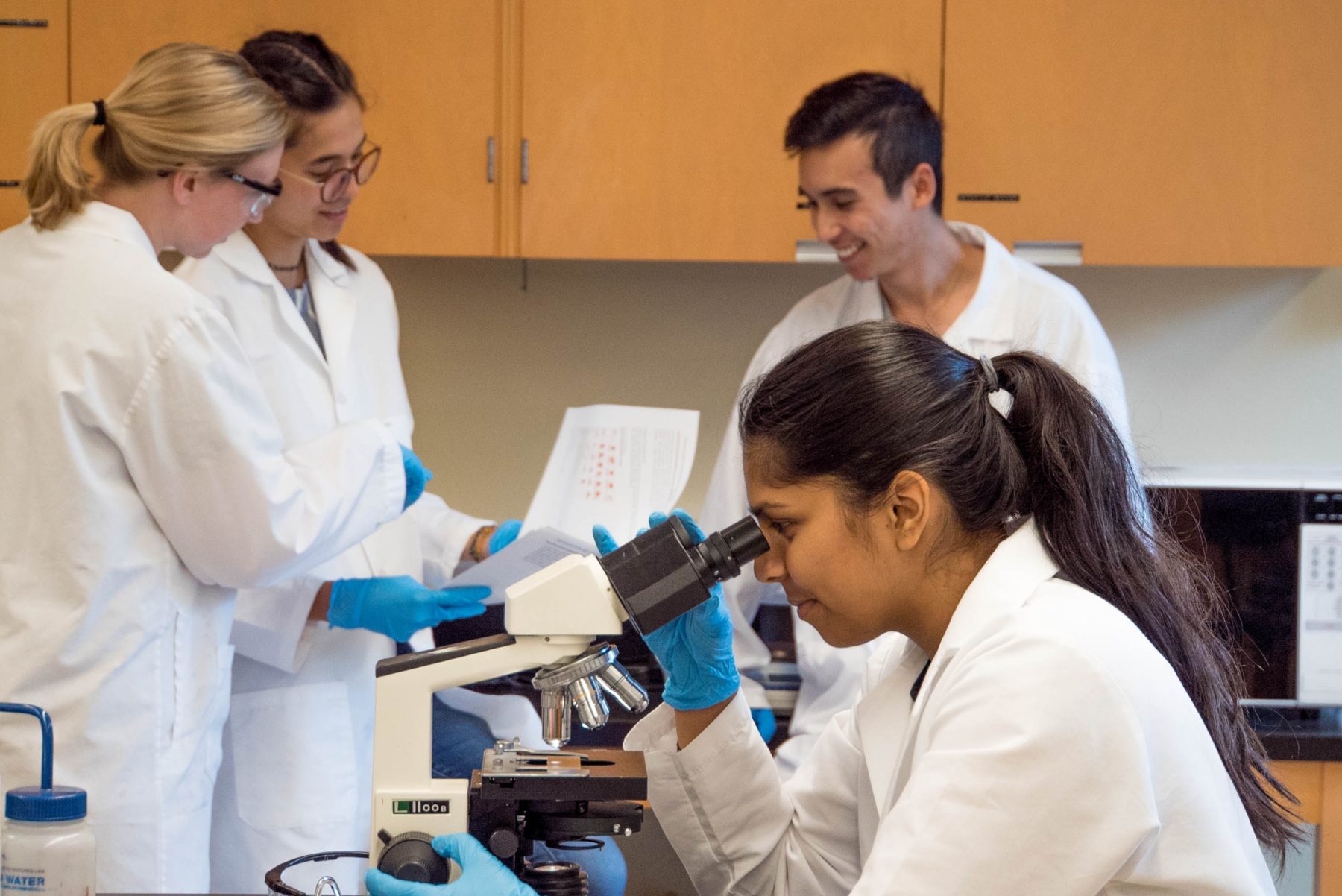
“A lot of the times we tell women that they have to go to the spa or the gym to reward themselves,” Dr Tan says.
“But these are minor things compared to what they really want to do with their lives.”
“We have to be true to ourselves. Regardless of whatever other burdens we have, this is the one thing that we can do for ourselves.”
Dr Tan encourages all women who are interested in STEMM to pursue their passions.
“Don’t be afraid of a career in STEMM,” she says.
“It’s amazing, once you put your heart and soul into it.”


